OCC Waste Paper
Did you know that discarded paper can have a second life? Enter OCC waste paper – a valuable resource that holds immense potential for recycling and repurposing. In this article, we will explore the world of OCC waste paper, its importance, recycling process, and the extraordinary possibilities it offers. Get ready to delve into the world of sustainable paper management!
The Importance of OCC Waste Paper
OCC, or Old Corrugated Containers, is widely recognized as the highest grade of recovered paper. It mainly consists of used cardboard boxes or containers, making it a vital raw material for sustainable paper production. Every year, millions of tons of OCC waste paper are generated worldwide, mostly from commercial and industrial sectors. But what makes OCC waste paper so significant?
1. Environmental Benefits
By utilizing OCC waste paper, we can significantly reduce deforestation and preserve natural resources. Compared to manufacturing paper from virgin pulp, recycling OCC waste paper requires 25% less energy and water. Additionally, the carbon emissions associated with recycling paper are substantially lower than those emitted during the production of virgin paper.
2. Economic Advantages
The utilization of OCC waste paper not only contributes to environmental preservation but also offers economic benefits. Recycling OCC waste paper reduces the demand for virgin pulp, thereby decreasing production costs and conserving precious resources. Moreover, the recycling industry creates jobs and boosts local economies, making it a win-win solution.
3. Reducing Landfill Burden
If not properly managed, discarded cardboard boxes can clog up landfills, increasing the strain on waste management systems. By diverting OCC waste paper from landfills and recycling it, we can alleviate the burden on waste disposal sites and extend their lifespan.
The OCC Waste Paper Recycling Process
Now that we understand the significance of OCC waste paper, let’s dive into the intricate process of recycling it. Recycling OCC waste paper involves several steps, each crucial to ensuring the efficient transformation of discarded cardboard boxes into usable paper products.
1. Collection and Sorting
The first step is the collection and sorting of OCC waste paper. Collection can occur through curbside recycling programs, commercial collection services, or dedicated collection centers. Sorting facilities then separate the OCC waste paper from other recyclables, ensuring a clean feedstock for the recycling process.
2. Cleaning and Pulping
Once sorted, the OCC waste paper undergoes a cleaning process where contaminants like adhesives, inks, and coatings are removed. The cleaned paper is then pulped, transforming it into a slurry-like substance consisting of individual fibers.
3. Screening and Deinking
The pulp undergoes a screening process to remove any remaining impurities, such as small plastic or metal particles. Following this, the pulp enters the deinking stage, where chemicals and flotation techniques are employed to remove ink and other undesirable substances.
4. Refining and Papermaking
After deinking, the pulp is refined to improve its quality and strength. The refined pulp is then mixed with water to create a paper stock, which is then formed into the desired shape and thickness through a papermaking machine. The newly formed paper is dried, pressed, and wound into large rolls.
5. Utilization and End Products
The final step involves converting the recycled paper into various products. These products can range from new cardboard boxes and packaging materials to tissue paper, office paper, and even molded pulp for egg cartons. The diverse versatility of OCC waste paper allows it to fulfill a wide range of needs.
Did You Know?
“Recycling one ton of OCC waste paper saves approximately 17 trees and reduces energy consumption by more than 70% compared to producing paper from virgin materials.”
The Future of OCC Waste Paper
As we move toward a more sustainable future, the significance of OCC waste paper is expected to rise further. Governments, businesses, and individuals are becoming increasingly aware of the environmental impact of conventional paper production and are actively promoting recycling efforts.
By further expanding recycling programs and investing in advanced technologies, we can maximize the potential of OCC waste paper. Moreover, fostering a culture of responsible consumption and promoting the use of recycled paper products can contribute to a greener and more sustainable world.
Conclusion
OCC waste paper offers us a remarkable opportunity to reduce our dependence on virgin pulp, protect our forests, and promote a circular economy. Through effective collection, sorting, and recycling processes, we can transform discarded cardboard boxes into valuable paper products. By understanding the importance of OCC waste paper and supporting recycling initiatives, each of us can contribute to preserving our environment and creating a better future for generations to come. Let’s unleash the hidden potential of OCC waste paper together!



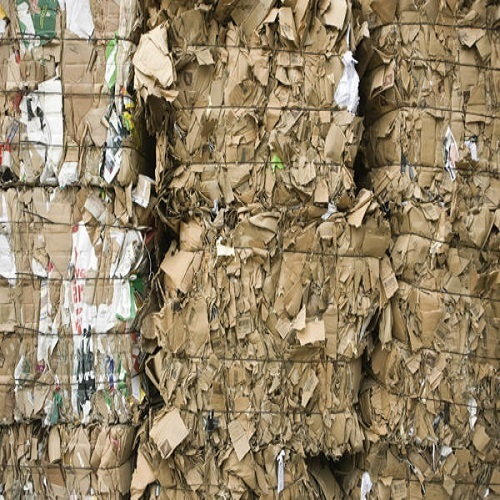


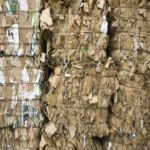
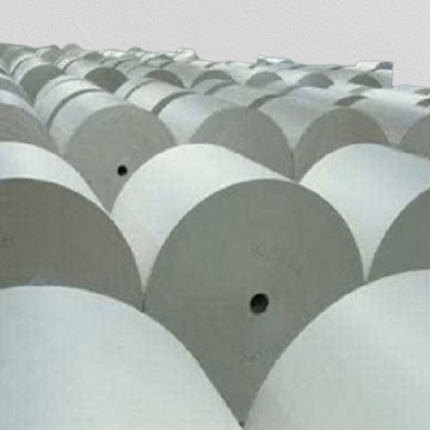
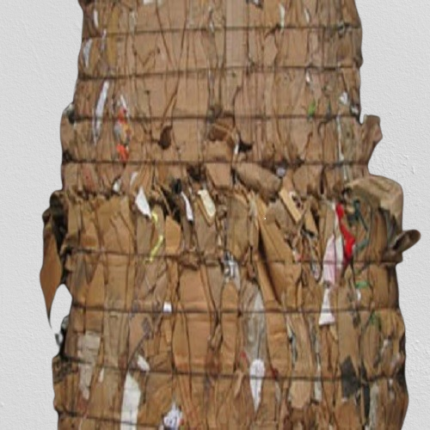
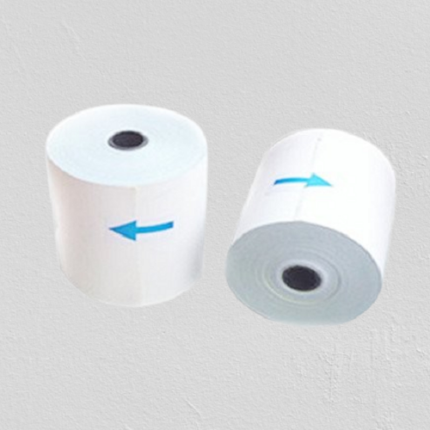
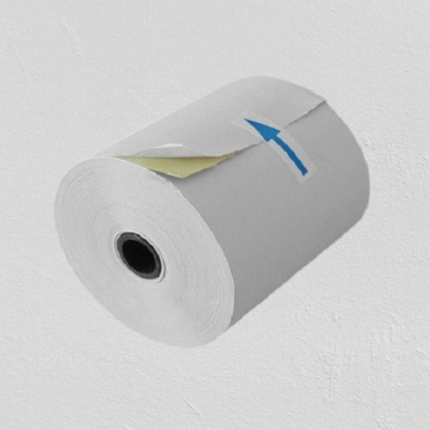
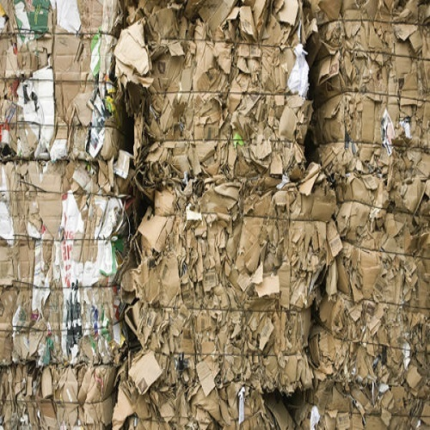
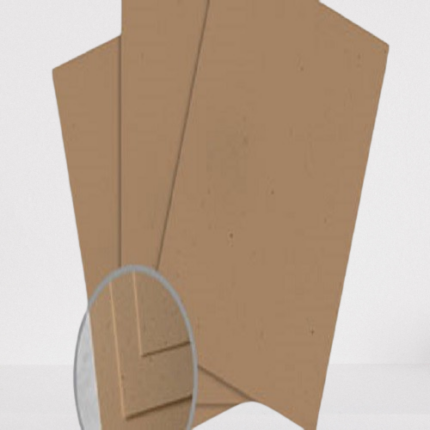
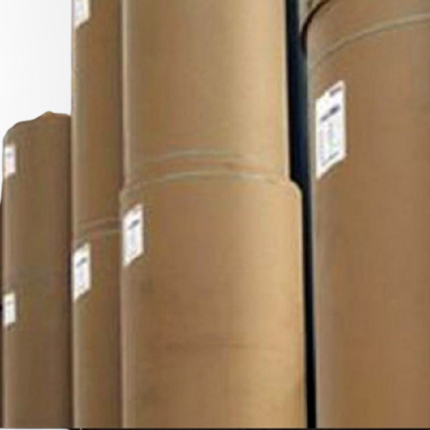
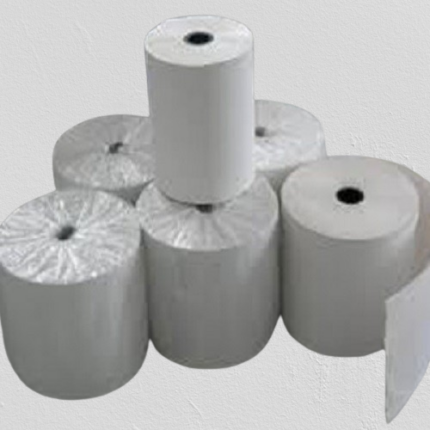
Reviews
There are no reviews yet.